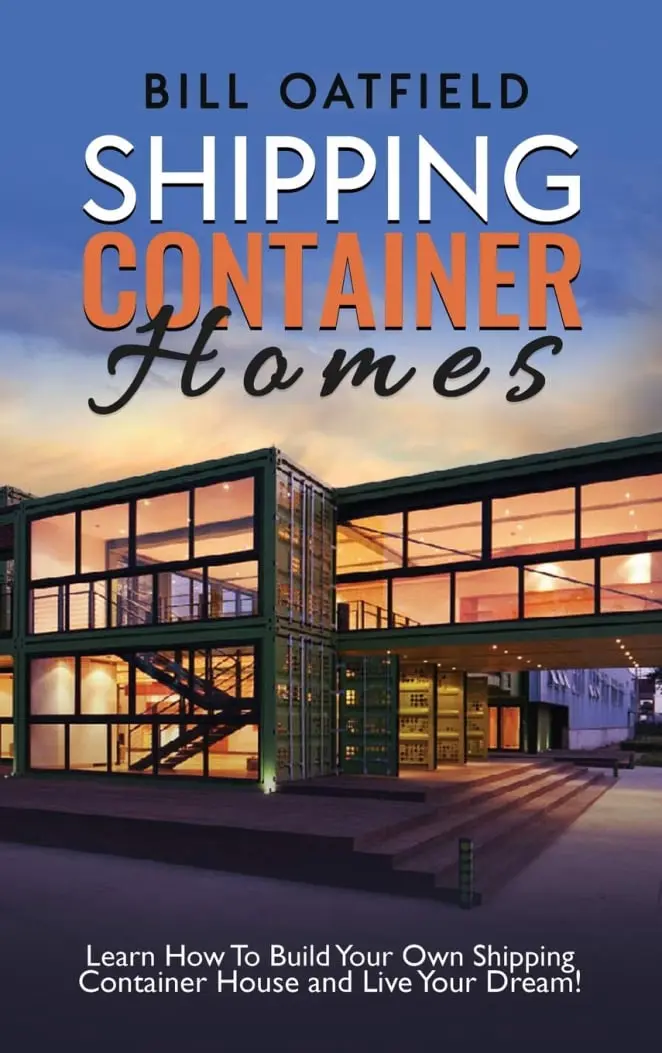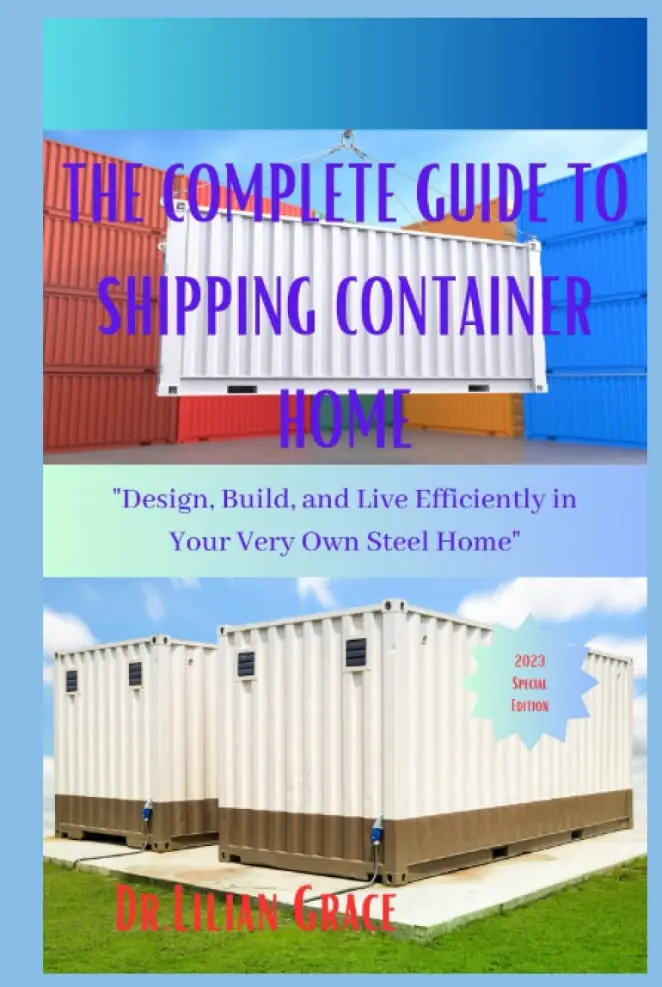Building your own container house can be a challenging but rewarding project. Here are the general steps you might follow:

In a world where the traditional concept of homeownership is increasingly out of reach for many, a novel and exciting trend is gaining momentum, offering a beacon of hope and innovation. This trend is the burgeoning world of container homes, which stand at the intersection of affordability, sustainability, and creative living. These structures, repurposed from their original use as shipping containers, are rapidly becoming more than just a niche in the housing market; they represent a fundamental shift in how we perceive and attain our living spaces.
Transforming the Mundane into the Extraordinary
The journey of a shipping container from a mere cog in the global trade machine to a cozy, inviting home is nothing short of remarkable. These robust, rectangular structures, often retired after their life at sea, are finding new purpose as the foundational elements of beautiful, cost-effective homes. This transformation is a shining example of innovative recycling, turning what would be scrap metal into functional and stylish living spaces. The affordability of these homes is a standout feature, offering a financially accessible path to homeownership, especially when compared to the exorbitant costs associated with traditional housing.
Speed and Simplicity in Construction: A Homeowner's Dream
One of the most striking advantages of container homes is the swiftness and simplicity of their construction. The main structure is pre-existing, significantly reducing the time and labor needed for building a home from the ground up. This expedited construction process is not just a matter of convenience; it’s a game-changer for those eager to transition quickly into their new home. It represents a shift from the prolonged, often complicated process of traditional home building to a more direct, efficient path to homeownership.
Minimalism and Efficiency: The Heart of Container Living
Container homes naturally lend themselves to a minimalist lifestyle, encouraging inhabitants to focus on efficiency and essentials. This approach to living is not just about spatial constraints; it's a conscious choice to embrace a simpler, more meaningful way of life. This minimalist ethos extends to various aspects of living, including reduced expenditure on utilities and home furnishings, leading to a lifestyle that prioritizes experiences over possessions. Moreover, with thoughtful design and insulation, these homes can achieve remarkable levels of energy efficiency, translating into lower utility bills and a reduced environmental footprint.
DIY Culture: Personalizing Your Space
The DIY potential of container homes is a significant draw for many. These structures offer a unique opportunity for individuals to engage directly in the creation and customization of their living space. From interior design to the installation of fixtures, homeowners can imprint their personality and style into every corner of their home. This hands-on approach to home building is not just about saving costs; it’s a deeply personal and gratifying journey that fosters a unique connection between the homeowner and their living space.
Durability and Scalability: Long-term Benefits
The inherent durability of shipping containers translates into long-lasting, low-maintenance homes. Designed to withstand harsh marine conditions, these containers offer a level of sturdiness and weather resistance that is often superior to traditional building materials. Additionally, the modular nature of container homes allows for scalability. Homeowners can start with a modest structure and expand over time, aligning their home’s growth with their life’s evolving needs and financial capacity.
Joining a Movement: Beyond Just a Home
Choosing a container home is more than a housing decision; it's joining a movement that values ingenuity, sustainability, and affordability. This community of forward-thinking individuals sees beyond conventional housing, embracing a lifestyle that challenges norms and celebrates creativity. In a world dominated by rising housing costs and environmental concerns, container homes emerge as a testament to the human spirit’s ability to adapt and innovate.
Crafting a Home That Tells Your Story
Each container home is a narrative of transformation, a testament to the owner's vision and determination. These homes are not merely structures; they are personal statements, reflecting the values and aspirations of those who dwell within. As we venture further into this era of modern living, container homes stand as more than a fleeting trend; they are a lasting symbol of our capacity to reimagine, repurpose, and redefine the very essence of home.
In conclusion, container homes are reshaping the landscape of modern living, offering a viable, exciting alternative to traditional housing. They represent not just a space to live, but a living space that grows, adapts, and resonates with the personal journey of each homeowner. Welcome to the container home revolution, where your dream home is not just a distant hope, but a vivid, attainable reality.

Conceptualization phase of building a container home involves a deep dive into several aspects. This phase is crucial as it sets the foundation for your entire project.
Defining Your Needs and Wants
Lifestyle Assessment:
Consider how you live. Do you entertain often? Do you work from home? This will influence the space requirements.
Family Size and Composition:
Plan for the number of bedrooms and bathrooms based on family size and the need for guest rooms or home offices.
Determining the Layout:
Single vs. Multiple Containers: Decide if your home will consist of a single container or multiple containers. Multiple containers can be arranged side-by-side, stacked, or in other creative configurations.
Open Plan vs. Traditional:
Consider an open plan layout for a more spacious feel, or a traditional layout with separate rooms for privacy.
kitchen and Dining:
Determine the size and style of the kitchen and whether it will be combined with a dining area.
Living Area:
Plan for a comfortable living space, considering aspects like natural light and connectivity to other areas.
Bedrooms and Bathrooms:
Decide on the size and placement. Consider en-suite bathrooms and walk-in closets if space allows.
Eco-Friendly Options:
Think about solar panels, rainwater harvesting, or green roofs.
Outdoor Spaces:
Plan for decks, patios, or roof terraces, especially to compensate for the smaller indoor space.
Multipurpose Spaces:
Consider spaces that can serve multiple purposes, like a home office that doubles as a guest room.
Interior Design Elements:
Think about built-in furniture, creative storage solutions, and the overall interior design theme.
Eco-Friendly Opt Exterior Look:
Decide on the external appearance, like modern industrial, rustic, or completely customized cladding.
Window Placement and Size:
Large windows for natural light, smaller windows for privacy, or a mix of both.
Insulation and Ventilation:
Plan for efficient insulation and ventilation systems for comfort and energy efficiency.
Plumbing and Electrical Layouts:
Consider the practicalities of where to run plumbing and electrical lines.
Building Codes and Regulations:
Ensure your design meets local building codes and zoning restrictions.
Cost Estimates:
Create a rough estimate of costs based on your conceptual design to ensure it aligns with your budget.
This phase is all about envisioning your dream home and balancing it with practicality and feasibility. It's helpful to create mood boards, sketches, or even 3D models to visualize your ideas better. Engaging with a professional architect or designer who has experience with container homes can also provide valuable insights and ensure that your vision is achievable.
Blueprints and Architectural Plans:
Either design the plans yourself, if you have the skills, or hire an architect. Ensure the design adheres to local building codes and regulations.
Purchase shipping containers from a reliable supplier. Choose between new or used containers based on your budget and needs.
Inspect the containers for structural integrity, especially if they are used.
Prepare the land where the house will be built. This might involve clearing the land, grading, and laying a foundation, which could be a slab, pier, or strip foundation.
Modifications and Structural Reinforcement:
Cut openings for doors, windows, and any internal passageways.
Reinforce the structure, especially if you're removing any of the corrugated steel panels for windows or doors.
Insulation and Interior Framing:
Insulate the containers to make the home comfortable. Options include spray foam, panels, or blanket insulation.
Install interior framing for walls, ceilings, and floors.
Utilities and Interior Finishing:
Install plumbing, electrical wiring, and HVAC systems.
Finish the interior with drywall, paint, flooring, and fixtures.
Exterior Finishing and Roofing:
Finish the exterior as desired. This might include painting, cladding, or adding a roof structure for extra protection and insulation.
Landscaping and External Works:
Complete any external landscaping, decks, or external structures.
Inspections and Compliance:
Throughout the process, ensure that your build complies with local building codes. Have inspections done as required.
Furnishing and Decoration:
Once everything is complete, furnish and decorate your new container home to your taste.
Remember, each step might require different skill sets, tools, and materials, so it's essential to do thorough research or consult with professionals. Also, budgeting and time management are crucial for a successful build.

Realize Your Dream of Living in Your Own Shipping Container Home!

The Complete And Easy Step-By-Step Guide To Build Your Affordable And Super-Cozy Container Home From Scratch. | BONUS: Floor Plans And

Design, Build, and Live Efficiently in Your Very Own Steel Home" (“Container Living 101“)